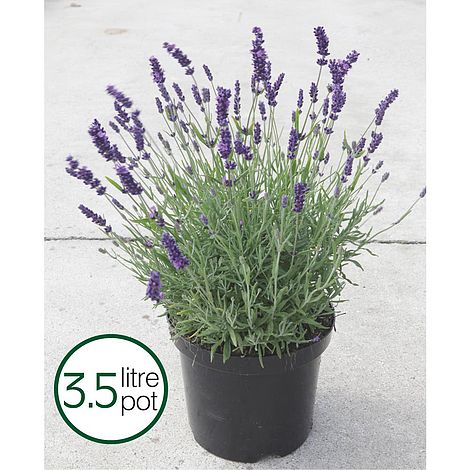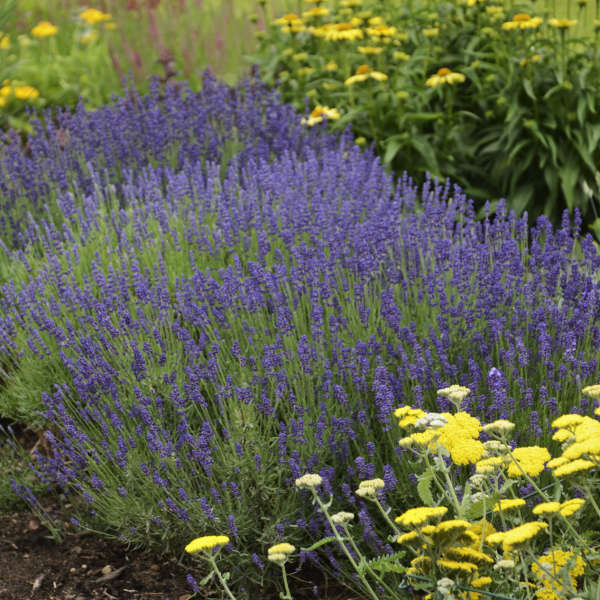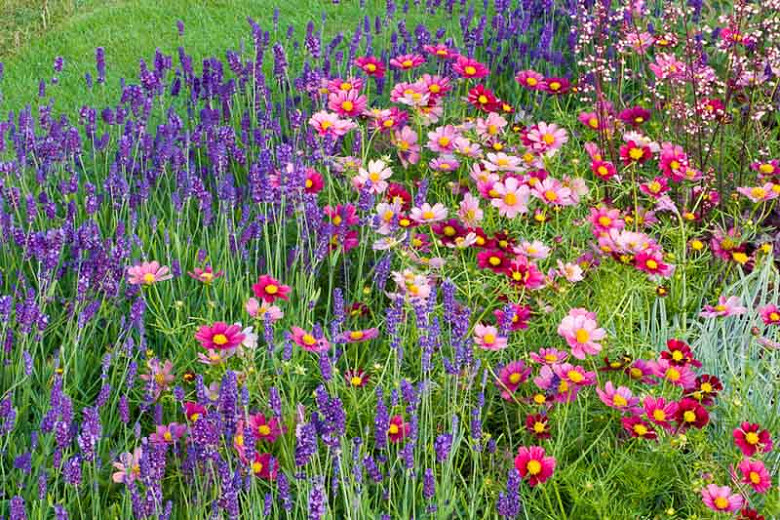How To Grow
Introduction
Growing is a natural process that happens throughout our lives. We grow physically, mentally, and emotionally. But what does it mean to grow? And how can we maximize our growth potential?
In this blog post, we will discuss some of the key factors that contribute to growth. We will also explore some specific tips and strategies that you can use to grow in your own life.
The Factors That Affect Growth
There are many factors that can affect growth. Some of the most important include:
- Genetics: Our genes play a major role in determining our height, weight, and other physical characteristics. However, genetics is not the only factor that affects growth.
- Nutrition: A healthy diet is essential for growth. Eating plenty of fruits, vegetables, and whole grains can provide your body with the nutrients it needs to grow and develop properly.
- Exercise: Exercise helps to stimulate growth hormone production, which is essential for growth. Aim for at least 30 minutes of moderate-intensity exercise most days of the week.
- Sleep: Sleep is when our bodies do most of their growing and repairing. Aim for 8-10 hours of sleep per night.
- Stress: Stress can interfere with growth. Find healthy ways to manage stress, such as exercise, relaxation techniques, or spending time with loved ones.
Tips for Maximizing Your Growth Potential
There are many things you can do to maximize your growth potential. Here are a few tips:
- Eat a healthy diet. Make sure to include plenty of fruits, vegetables, and whole grains in your diet.
- Exercise regularly. Aim for at least 30 minutes of moderate-intensity exercise most days of the week.
- Get enough sleep. Aim for 8-10 hours of sleep per night.
- Manage stress. Find healthy ways to manage stress, such as exercise, relaxation techniques, or spending time with loved ones.
- Stay positive. A positive attitude can help you to reach your full growth potential.
Conclusion
Growth is a natural process that happens throughout our lives. By following the tips in this blog post, you can maximize your growth potential and reach your full height.
For more information about hidcote lavender, visit Home Gardening.
FAQ of hidcote lavender
What is Hidcote lavender?
Hidcote lavender is a variety of English lavender (Lavandula angustifolia) that is known for its deep blue flowers and strong fragrance. It is a hardy plant that can tolerate cold winters and hot summers. Hidcote lavender is a popular choice for gardens, borders, and hedges.
How do I care for Hidcote lavender?
Hidcote lavender prefers full sun and well-drained soil. It is important to water the plant regularly, especially during hot, dry weather. Hidcote lavender does not need to be fertilized often. In fact, too much fertilizer can actually damage the plant. To keep Hidcote lavender looking its best, trim it back in the spring and fall.
What are some common problems with Hidcote lavender?
The most common problems with Hidcote lavender are powdery mildew, root rot, and pests such as aphids and spider mites. Powdery mildew can be treated with a fungicide. Root rot can be prevented by planting Hidcote lavender in well-drained soil. Aphids and spider mites can be controlled with insecticidal soap or neem oil.
What are some uses for Hidcote lavender?
Hidcote lavender can be used for a variety of purposes, including:
- Aromatherapy: The essential oil of Hidcote lavender is known for its calming and relaxing properties. It can be used in a diffuser or added to bath water.
- Cooking: Hidcote lavender can be used in cooking, as it imparts a subtle, floral flavor. It can be added to teas, desserts, and even savory dishes.
- Flower arranging: Hidcote lavender is a popular choice for flower arrangements, as its deep blue flowers are both beautiful and fragrant.
- Gardening: Hidcote lavender can be used to create borders, hedges, and walkways. It is also a good choice for container gardening.
Where can I buy Hidcote lavender?
Hidcote lavender is available at most garden centers and online retailers.
Image of hidcote lavender
10 different images of Hidcote lavender that are free to use:
- A close-up of a Hidcote lavender flower, showing its purple petals and yellow stamens.

- A row of Hidcote lavender plants, in full bloom.
-hedge-border.jpg)
- A Hidcote lavender plant in a pot, on a sunny windowsill.

- A Hidcote lavender plant in a garden, surrounded by other flowers.

- A bouquet of Hidcote lavender flowers, tied with a ribbon.

- A field of Hidcote lavender flowers, in full bloom.

- A Hidcote lavender plant, with bees and butterflies pollinating the flowers.

- A Hidcote lavender plant, with its leaves and flowers used to make lavender essential oil.

- A Hidcote lavender plant, used as a border plant in a garden.
-hedge-border.jpg)
- A Hidcote lavender plant, used as a pot plant on a patio.

Post a Comment for "How To Grow"